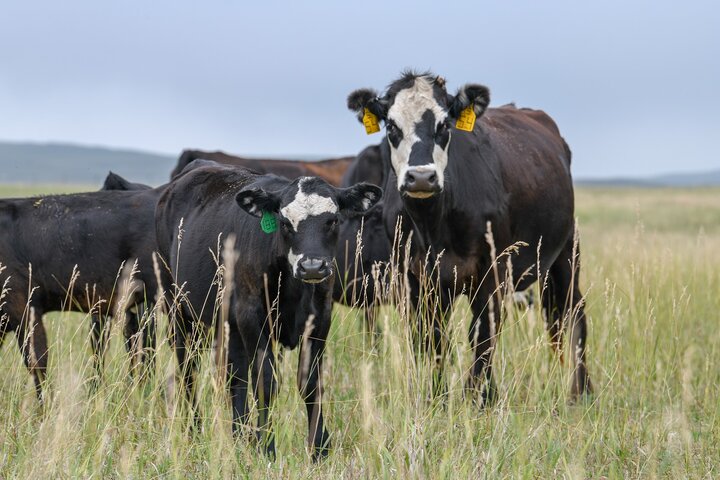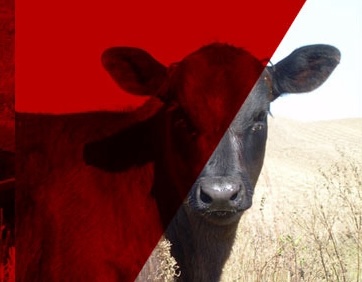Cattle do not regulate their mineral intake based strictly on their nutritional needs. Instead, salt is the primary driver of free-choice mineral consumption. This means that fluctuations in mineral intake are often due to changes in salt cravings rather than a conscious effort by cattle to balance their mineral status. Thus, when cows are eating more than the target intake (based on the label), adding additional salt to a free choice mineral to allow them to get their salt craving met and reduce intake of the mix is a way to prevent over-supplementation and wasting money.
With that in mind, a producer recently asked me this question:
"I have noticed that my mineral intake increases in late summer. How much of this increase is due to calves, and should I be adjusting my target intake to account for their consumption?"
This is an excellent question. While some of the increased intake may simply be due to cows craving more salt, calves do consume free-choice mineral, and accounting for their intake can help ensure cows are not under-supplemented.
How Much Mineral Do Calves Consume?
Research specifically measuring cow and calf free choice mineral intake separately is limited. However, one study found that nursing calves between 2 to 5 months of age consumed about 60% of what the cows were eating. This means that if cows consume 4 ounces of mineral mix per day, their calves were eating just over 2 ounces. A good rule of thumb would be to increase the target disappearance rate by 1.6 times to account for calf consumption once they reach 2 months of age. Thus, if target intake was 4 oz (0.25 lb/d) for cows, then disappearance of 6 oz (0.40 lb/d) for pairs would increase the likelihood that cows are consuming the target. For a 2 oz mineral, the target disappearance would be 3 oz (or 0.20 lb/d) to account for calf intake. Table 1 provides target mineral mix disappearance rates per week for a 4 oz/day mineral across various herd sizes. The numbers in the table could be divided by 2 for a 2 oz/day mineral.
Why Is Mineral Access Important for Calves?
The fact that nursing calves consume free-choice mineral is beneficial because milk is a poor source of key trace minerals such as copper (Cu), zinc (Zn), and selenium (Se). While calves are born with liver stores of these minerals (assuming the cow’s diet was adequate), those stores can become depleted by 3 months of age. As calves get older, they must rely on their diet to meet their mineral needs. In Nebraska, pasture is typically deficient in copper and zinc, and most areas are also selenium deficient. Ensuring that calves have access to mineral feeders and adjusting disappearance targets accordingly helps ensure we are meeting the calves’ needs as well. Bottomline, accounting for calf mineral intake can help ensure your cow herd is properly supplemented and set calves up for optimal health and performance.
Managing Mineral Intake
Now that you know your target intake, what steps can you take to keep disappearance in the right range? The article Tips for Managing Free-Choice Mineral Intake walks through key strategies to optimize intake and avoid under- or over-consumption.
| Table 1. Target free choice mineral mix disappearance (pounds per week) for a 4 oz per day mineral | ||
| Cow Herd Size | Cow Only (4 oz) | Cow + Calf (6 oz) |
25 | 44 | 70 |
50 | 88 | 140 |
75 | 131 | 210 |
100 | 175 | 280 |
125 | 219 | 350 |
150 | 263 | 420 |
175 | 306 | 490 |
200 | 350 | 560 |
Article by Mary Drewnoski, Nebraska Beef Systems Specialist.

